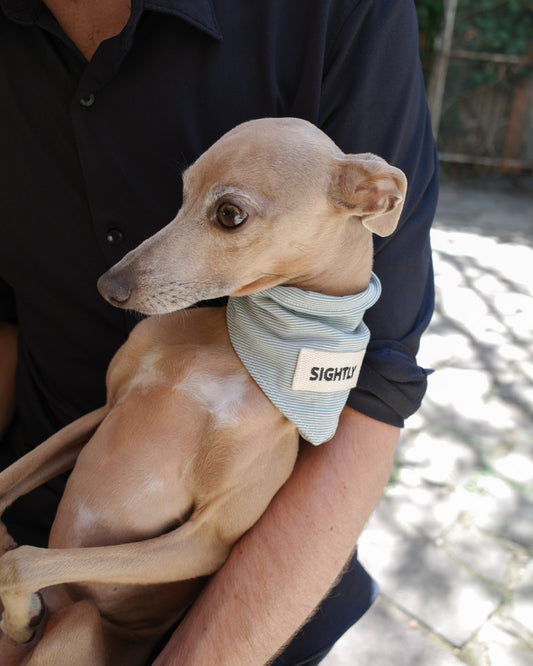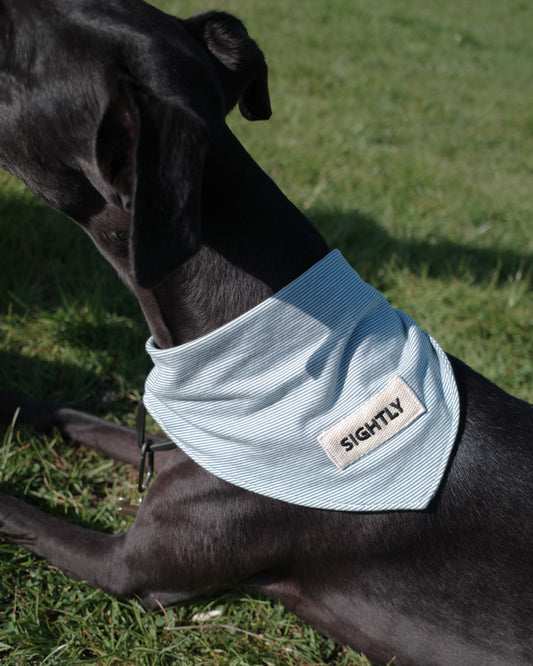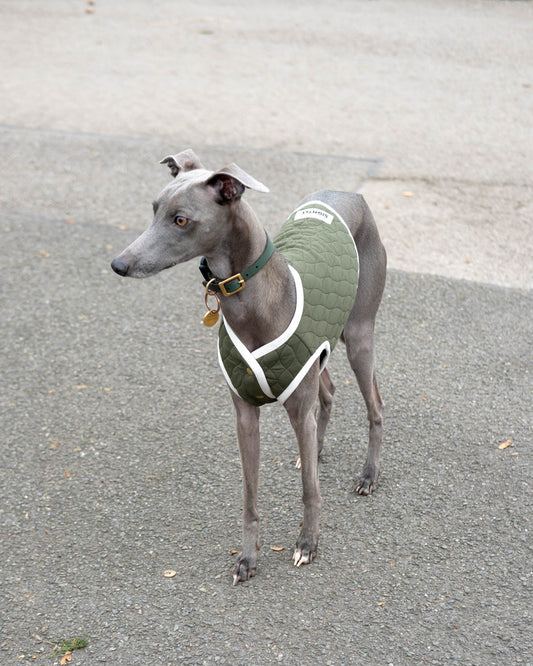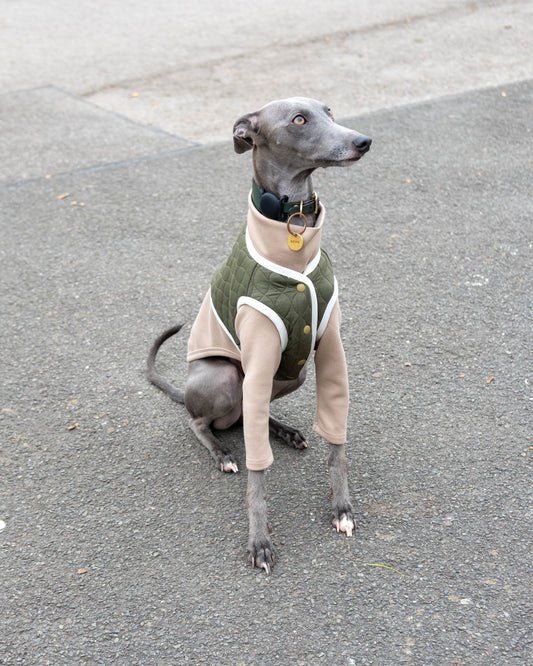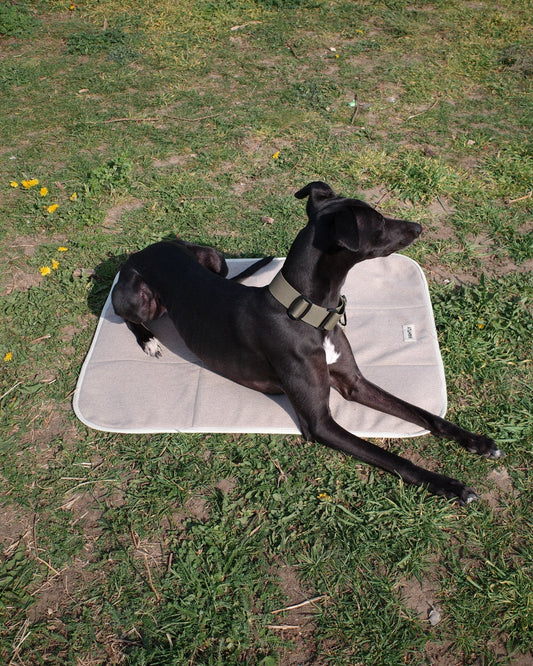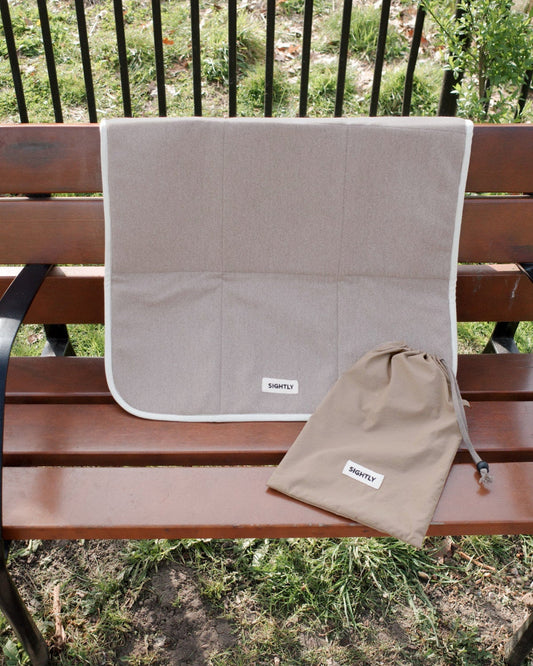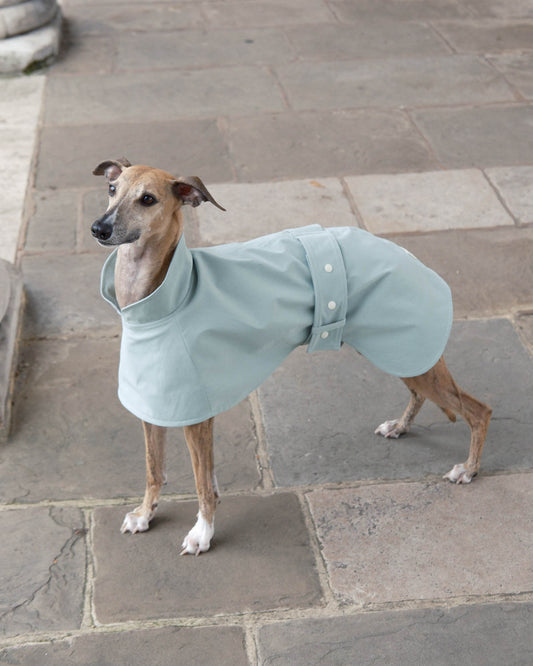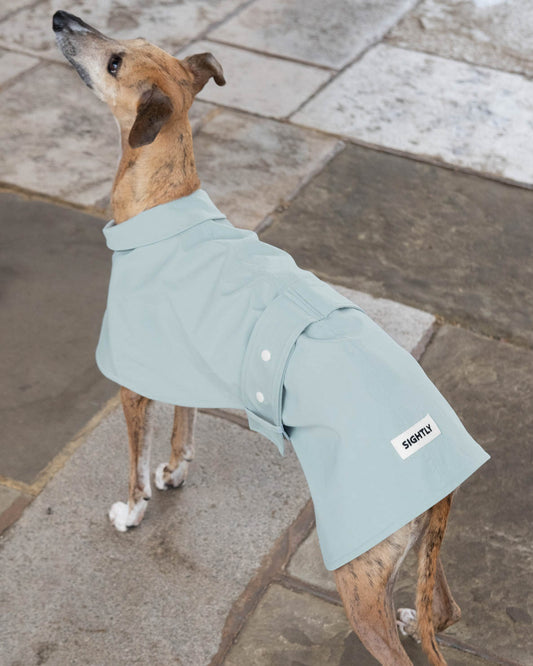Keep Your Dog Safe: 10 Common Plants to Avoid
Keep Your Dog Safe: Toxic Plants to Watch Out for in the UK’s Streets and Wild Fields
Whether you're strolling through your local park or exploring countryside trails, the great British outdoors offers endless adventures for you and your dog. But not everything that’s green and growing is safe for our four-legged companions. Many common plants found along UK streets, paths, and wild fields can be toxic to dogs if sniffed, chewed, or ingested.
In this guide, we’ll highlight the most common poisonous plants to look out for, so you can enjoy your walks worry-free and keep your dog safe and healthy on every adventure.
Spring

1. Daffodil
- What It Looks Like: Bright yellow or white trumpet-shaped flowers with a central corona and six petal-like tepals. Grows in clusters or as single blooms on long green stems. Strap-like leaves.
- Flowering Season: February - April
- Where You’ll Find It: Parks, gardens, roadside verges, woodlands
- Toxic Part(s): Bulbs (most toxic), also leaves and flowers
- Symptoms inDogs: Vomiting, drooling, abdominal pain, lethargy, tremors, irregular heart rhythm

2. Rhododendron / Azalea
- What It Looks Like: Evergreen shrubs with thick, leathery leaves. Flowers bloom in clusters and range in colour-pink, purple, red, white. Azaleas are a type of Rhododendron, often smaller with thinner leaves.
- Flowering Season: April - June
- Where You’ll Find It: Gardens, parks, woodland edges
- Toxic Part(s): All parts
- Symptoms in Dogs: Excessive drooling, vomiting, diarrhoea, weakness, tremors, possible coma

3. Lily of the Valley (Convallaria majalis)
- What It Looks Like: Low-growing plant with two long, lance-shaped leaves and a single arching stem carrying small, bell-shaped white flowers. Very fragrant.
- Flowering Season: April - June
- Where You’ll Find It: Woodlands, shaded gardens, older country paths
- Toxic Part(s): Entire plant - bulbs, leaves, flowers, and berries
- Symptoms in Dogs: Vomiting, diarrhoea, confusion, slowed or irregular heartbeat, seizures

Image Source: wildlifetrusts
4. Foxglove
- What It Looks Like: Tall flowering stalks with tube-shaped flowers in pink, purple, or white, often with dark spots inside. Fuzzy leaves at the base, arranged in a rosette. Can grow up to 2 metres tall.
- Flowering Season: May - September
- Where You’ll Find It: Woodland clearings, roadsides, meadows
- Toxic Part(s): All parts - especially leaves and seeds
- Symptoms in Dogs: Drooling, vomiting, diarrhoea, slowed heart rate, collapse, tremors, seizures, possibly fatal
Summer

Image Source: kbwills//Getty Images
1. Giant Hogweed (Heracleum mantegazzianum)
- What It Looks Like: A towering plant, often 2–5 metres tall, with thick, hollow, purple-blotched stems and coarse, deeply lobed leaves. It produces large, flat-topped clusters of small white flowers (umbrella-shaped) that can span up to 80 cm across.
- Flowering Season: June - July
- Where You’ll Find It: Riverbanks, footpaths, overgrown areas, roadside verges
- Toxic Part(s): Sap (particularly when combined with sunlight)
- Possible Symptoms in Dogs: Severe skin burns, blistering, redness, and pain upon contact with sap followed by exposure to sunlight (photosensitisation); potential eye damage if sap contacts eyes

Image Source: wildlifetrusts
2. Bindweed
- What It Looks Like: A fast-growing climbing vine with heart or arrow-shaped leaves, and trumpet-shaped flowers in white or pale pink with darker pink stripes. Looks similar to morning glory. Often entwines itself around hedgerows, fences, or other plants.
- Flowering Season: June - September
- Where You’ll Find It: Hedges, field edges, gardens, allotments
- Toxic Part(s): Entire plant (especially seeds and roots)
- Possible Symptoms in Dogs: Vomiting, diarrhoea, confusion, possible hallucinations (due to alkaloids), lethargy

Image Source: Grass Seed via Pixabay
3. Grass seeds (foxtails, barley awns, etc.)
- What It Looks Like: Pointed, dart-like grass seeds that appear at the tips of certain tall grasses (e.g. wild barley, rye grass). They are dry, bristly, and often have a sharp point with small barbs that allow them to cling to fur.
- Flowering Season: May - August (seeds most problematic in summer)
- Where You’ll Find It: Meadows, footpaths, park edges, overgrown lawns
- Toxic Part(s): Not toxic, but physically dangerous - seeds can penetrate the skin or enter ears, nose, eyes, paws
- Possible Symptoms in Dogs: Persistent licking or chewing of paws, head shaking, ear scratching, sneezing, swelling, abscesses, sudden lameness, discomfort when sitting or walking
- Check paws, ears, and undercoat after each walk. Avoid tall, dry grassy areas in late summer when seeds are most loose
Autumn

Image Source: Woodland Trust
1. English Ivy (Hedera helix)
- What It Looks Like: A fast-growing evergreen vine with glossy, dark green leaves that have 3–5 lobes. Leaves can vary in shape depending on age. It climbs walls, trees, and fences, and produces small, greenish-yellow flower clusters in late summer to autumn, followed by black berries.
- Flowering Season: September - November (berries often visible through winter)
- Where You’ll Find It: Woodland, hedgerows, garden fences, walls, shaded parks
- Toxic Part(s): Leaves and berries
- Possible Symptoms in Dogs: Vomiting, diarrhoea, drooling, abdominal pain; in large amounts, may cause coordination issues or breathing difficulty
- Avoid letting dogs chew trailing ivyor eat fallen berries. Watch closely off-lead dogs in older gardens or woodland walks

Image Source: edenhorticultural.co.uk
2. Yew
- What It Looks Like: A dark evergreen tree or large shrub with flat, needle-like leaves arranged in two rows along branches. Produces distinctive bright red, berry-like arils with a single seed inside in late summer to winter. The red flesh is not toxic, but the seeds and leaves are highly poisonous.
- Flowering Season: March - April (but toxic year-round due to evergreen nature)
- Where You’ll Find It: Churchyards, old gardens, parks, woodland borders
- Toxic Part(s): Leaves and seeds (inside the red arils)
- Possible Symptoms in Dogs: Drooling, vomiting, tremors, difficulty breathing, seizures, sudden death
Image Source: https://plantura.garden/
3. Autumn Crocus
- What It Looks Like: Resembles a spring crocus but blooms in autumn (without leaves present at the time). Pale purple, lilac, or white goblet-shaped flowers appear in clusters, typically in meadows or damp pastures. Leaves emerge in spring and die back by summer.
- Flowering Season: August - October
- Where You’ll Find It: Meadows, old gardens, countryside fields
- Toxic Part(s): All parts - especially bulbs and flowers
- Possible Symptoms in Dogs: Drooling, vomiting, diarrhoea, difficulty breathing, kidney or liver damage, seizures, potential multi-organ failure (symptoms may be delayed 1–3 days)
Stay Safe, Sniff Smart
Exploring the UK’s beautiful parks, woodlands, and wild fields with your dog is one of life’s great joys - but it’s important to stay informed about the hidden dangers along the way. Many common plants, though lovely to look at, can pose serious health risks to dogs if chewed, sniffed, or ingested. From springtime blooms like daffodils and foxglove to year-round threats like yew and ivy, knowing what to watch out for helps you protect your dog from accidental poisoning or injury.
Always keep a close eye on what your dog is investigating, avoid letting them eat unknown plants, and do a quick fur and paw check after every walk - especially during grass seed season. If you suspect your dog has come into contact with a toxic plant, contact your vet immediately.
Source References:
- Royal Horticultural Society (RHS) - Plant identification and toxicity information. https://www.rhs.org.uk
- PDSA UK - Grass seeds and dog safety. https://www.pdsa.org.uk/pet-help-and-advice/looking-after-your-pet/puppies-dogs/grass-seeds-and-dogs
- Blue Cross UK - Summer dangers and toxic plants. https://www.bluecross.org.uk/advice/dog/grass-seeds-in-dogs
- Dogs Trust - Poisonous plants for dogs (UK-specific). https://www.dogstrust.org.uk/dog-advice/poisonous-substances/poisonous-plants
- ASPCA Animal Poison Control - Toxic and non-toxic plants database. https://www.aspca.org/pet-care/animal-poison-control/toxic-and-non-toxic-plants
- Pet Poison Helpline - Toxic plant profiles and symptoms. https://www.petpoisonhelpline.com
- UK Government - HSE (Health and Safety Executive) - Giant Hogweed safety. https://www.hse.gov.uk

